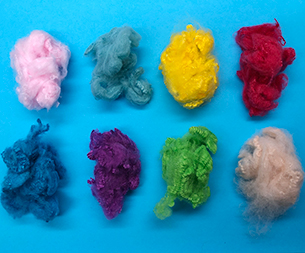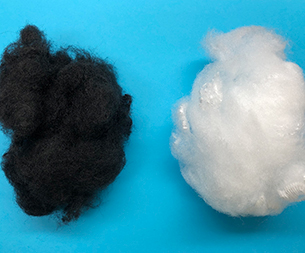On April 9, the Trump administration suddenly threw out the "tariff king bomb." Tariffs on all Chinese imports to the US will rise directly to 125%, and the tariff on small packages will be tripled. The record is the highest in the history of Sino-US trade war. But then, the United States clarified that tariffs on China increased to 145%, rather than 125%, after ignoring the 20% "fentanyl" tariff that had been implemented in early March. This series of tariff measures has intensified the Sino-US trade friction, so that China's textile industry is facing serious challenges. However, under the promotion of the "Belt and Road" Initiative, China's textile industry is showing strong resilience and new development opportunities through market diversification and industrial chain reconstruction.
The dilemma of textile industry under Sino-US trade friction
The tariff policy of the United States has caused a certain impact on the export of China's textile industry. Although the proportion of China's exports to the United States has declined, the United States market is still one of the important export destinations for China's textile industry. The high tariff barriers of the United States not only increase the export cost of enterprises, but also put pressure on the profits of enterprises. In addition, the United States has threatened to cancel most-favored-nation status in trade with China, which has further exacerbated the uncertainty of the trade environment.
The Belt and Road Initiative brings new opportunities
The share of China's textile exports to the US has fallen from 17 per cent in 2018 to 9.8 per cent in 2023. Today, China has reached consensus with 17 neighboring countries on building a community of common destiny, signed Belt and Road cooperation agreements with 25 neighboring countries, and become the largest trading partner of 18 countries. China and its neighbors have deepened political mutual trust and integrated interests, and embarked on a bright road of good-neighborly friendship and win-win cooperation. Countries along the Belt and Road are becoming new poles of growth. In 2024, China's textile industry exports to co-construction countries exceeded 120 billion US dollars, accounting for 40% of global exports, an increase of 10 percentage points over a decade ago. In Southeast Asia, the Middle East, Africa and other regions with strong consumer demand and low tariff barriers, enterprises can explore emerging markets through international exhibitions and cross-border e-commerce.
Declaration: The content of this article is organized from the Internet, and the copyright belongs to the original author; If there is infringement, please inform in time and contact to delete.
- The tariff policy of the United
- Jiangsu Haibang serves polypropy
- How to increase the performance
- The dilemma of textile industry
- Learn about the performance and
- Under the tariff challenge, the
- Analysis on the influence of pol
- Freight rebound foreign trade ma
- Today understand the unique feat
- Textile market or welcome
- Markets
- Automotive Products
- Nonwoven Lining
- Geosynthetics
- Liquid Filtration
- Apparel and Textiles
- Hygiene Products
- Building and Construction
- Other Markets
- Contact Us
- Contact Haibang





